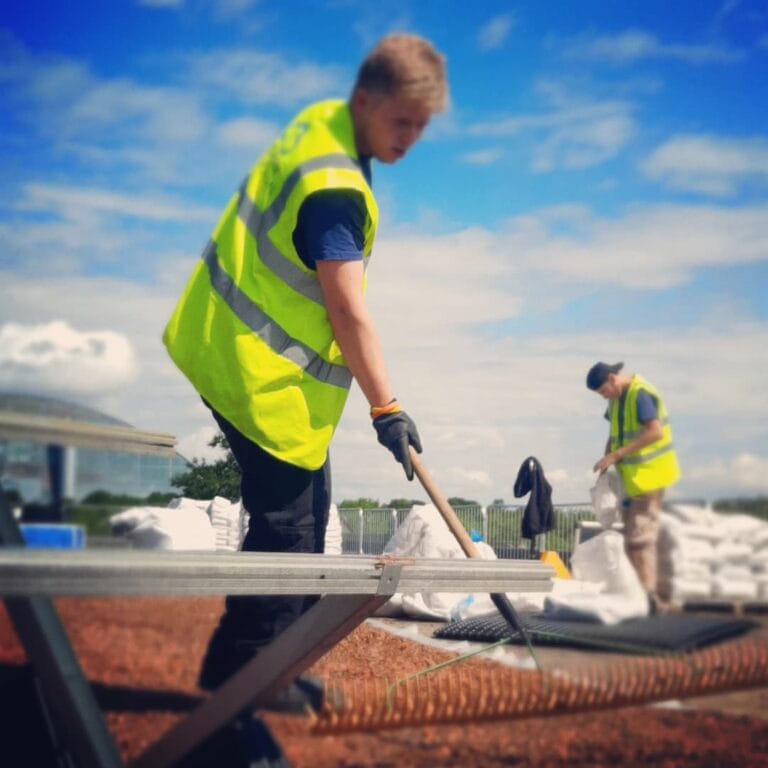Climate Democracy Model

Problem Addressed
This solution was sourced in response to UKGBC’s Innovation Challenge: “How can communities and local authorities implement, maintain, and assess the impact of nature-based solutions to enhance climate resilience?”
Verification & Case Study
One of the tools nested within the Model is the Landscape Analysis, designed to understand and assess the effectiveness of a democratic, climate intervention. By applying the Landscape Analysis at the start, during the implementation and evaluation stage, this analytical tool helps to assess if the democratic climate interventions are decarbonising, creating resilience and democratising, and which levers and systems are they targeting to do so. The Landscape Analysis combines climate governance and democracy literatures to understand how democratic climate projects are creating lasting and scalable pathways to decarbonisation, resilience, and democratisation.
In detail, the Landscape Analysis draws attention to whether an intervention’s impact at one scale (e.g. neighbourhood) affects multiple scales (e.g. household, city). Within the Analysis, one is able to assess the ways in which an initiative not only succeeds or fails by its own metrics, but has positive knock-on effects to create change.
Case study:
For an NBS project in Madrid, Spain, the Model was used to guide the project’s implementation. The project specifically looked at citizen science to measure and increase air and water quality standards throughout the city as well as the reimagining of public spaces through NBS. The Model served as a guiding tool to map the structures and processes needed to progress towards climate resilience through NBS based on four major conditions: diversity of actors and knowledge, participatory culture, resourcing, and competencies.
Demsoc understood that mapping current stakeholders and capacities involved in the process and asking themselves which additional actors are needed to successfully implement NBS solutions was an essential first step. The Model was a guiding tool to think beyond technical expertise, to be able to connect and strengthen social networks in a community. By working with trusted multipliers within a community, they were able to create a network of physical and social experts that shared their respective expertise, knowledge and jointly work towards the broader vision.
These networks brought stakeholders together that did not usually cooperate. Developing a shared understanding of the interventions needed, the project transformed relationships between stakeholders, aiding a rebalancing of power dynamics within a city. These emerging transformative spaces have been appreciated and replicated by the city itself, activating transformative pathways to resilience and democracy. The city of Madrid is now looking to implement NBS in different neighbourhoods collaboratively with different partners, scaling-up NBS projects across the city.
This page presents data, evidence, and solutions that are provided by our partners and members and should therefore not be attributed to UKGBC. While we showcase these solutions for inspiration, to build consensus, and create momentum for climate action, UKGBC does not offer commercial endorsement of individual solutions. If you would like to quote something from this page, or more information, please contact our Communications team at media@ukgbc.org.
Related
Green roofs for people and nature

A process tool for implementation of NBS at scale

Community engagement platform

Paradise 11

